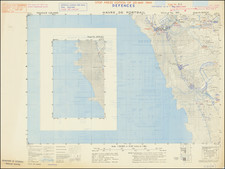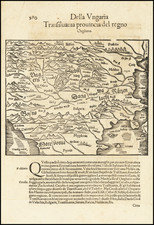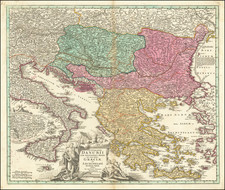Hand Drawn Romanian WWII Prisoner of War Camp
This hand-drawn map provides a detailed layout of the Tecuci Prisoner of War Camp (Tecucii Fogolytábor) as it existed during a specific period in 1945.
The map of the camp reveals a layout with essential facilities such as hospital barracks, regular barracks, latrines, a kitchen, and a football field, indicating attempts to provide for the prisoners' basic needs and some form of recreation. Key features of the map include:
- Kórház Barak: Marked with a red cross, this denotes the hospital barracks where medical care was provided to prisoners.
- Légs. Barak: Likely representing other barracks used for lodging.
- Latrina: Indicating the locations of the latrines.
- Vízcsp: Marking the water taps within the camp.
- Football Pálya: A football field is shown in the top right corner, suggesting that prisoners might have had some recreational activities.
- Various Barracks (labeled 1-13): These are numbered and likely used for housing the prisoners and other functions.
- Konyha: The kitchen or mess hall, crucial for daily sustenance.
- Fürdő: The bathhouse, essential for hygiene.
- Fogda: The detention or guardhouse.
Additional notations include:
- Time Period: The duration of the map's relevance is noted at the bottom, from June 8, 1945, to September 1, 1945.
- Handwritten Notes: Various handwritten notes appear, including signatures and dates, indicating that this map was referenced or annotated in later years, specifically in 1988. The signature appears to be "Certified on February 7, 1988 Tóth Károly (?) or perhaps Tasnádi Sándor?
The map serves as a historical document, providing insights into the organization and daily life within the Tecuci POW camp during the specified time frame. It highlights the basic facilities and infrastructure provided to prisoners, including medical care, sanitation, and recreation, underlining the conditions and efforts to maintain some degree of normalcy in the camp.
Tecuci Prisoner of War Camp
The Tecuci Prisoner of War Camp, located in Tecuci, Romania, was established during World War II to detain enemy combatants. The camp's history is marked by the broader context of the war and Romania's shifting allegiances. During World War II, Romania initially aligned with the Axis powers under the leadership of Ion Antonescu. The country joined the invasion of the Soviet Union in 1941. However, by 1944, as Soviet forces advanced, Romania experienced a political shift. King Michael I led a coup that ousted Antonescu, and Romania switched sides to join the Allies.
As the war progressed, various POW camps were established across Romania to accommodate the influx of captured Axis and Allied soldiers. Tecuci, a town in eastern Romania, became the site of one such camp. The camp primarily held German and Hungarian soldiers captured during the Soviet offensives and the subsequent Romanian defection to the Allies. The Tecuci POW camp, like many others of the era, had basic facilities designed to manage large numbers of prisoners under challenging conditions.
By 1945, as the war came to a close, the camp continued to operate under the supervision of Allied forces, primarily the Soviets, who controlled the region. The camp housed prisoners until they could be repatriated or otherwise processed according to post-war agreements and policies. The map indicates that the camp was operational at least until September 1, 1945, reflecting the immediate post-war period's transitional nature. In subsequent years, such camps were dismantled as the geopolitical landscape stabilized and former combatants were gradually released or relocated.












![(Second World War) Save Freedom of Speech | Buy War Bonds [Large version]](https://storage.googleapis.com/raremaps/img/small/100602.jpg)

![(Second World War - Prelude - German Irredentism) Die Zerstuckelung Deutschlands. Vom Reiche sollen in Ost und West 5 1/2 Millionen Deutsche getrennt werden! [The Dismemberment of Germany. East and West, 5-1/2 Million Germans Are to be Separated from the Nation] (Large Edition)](https://storage.googleapis.com/raremaps/img/small/94725.jpg)